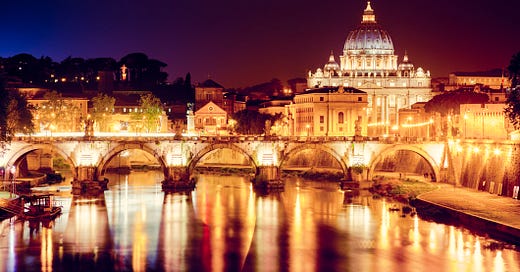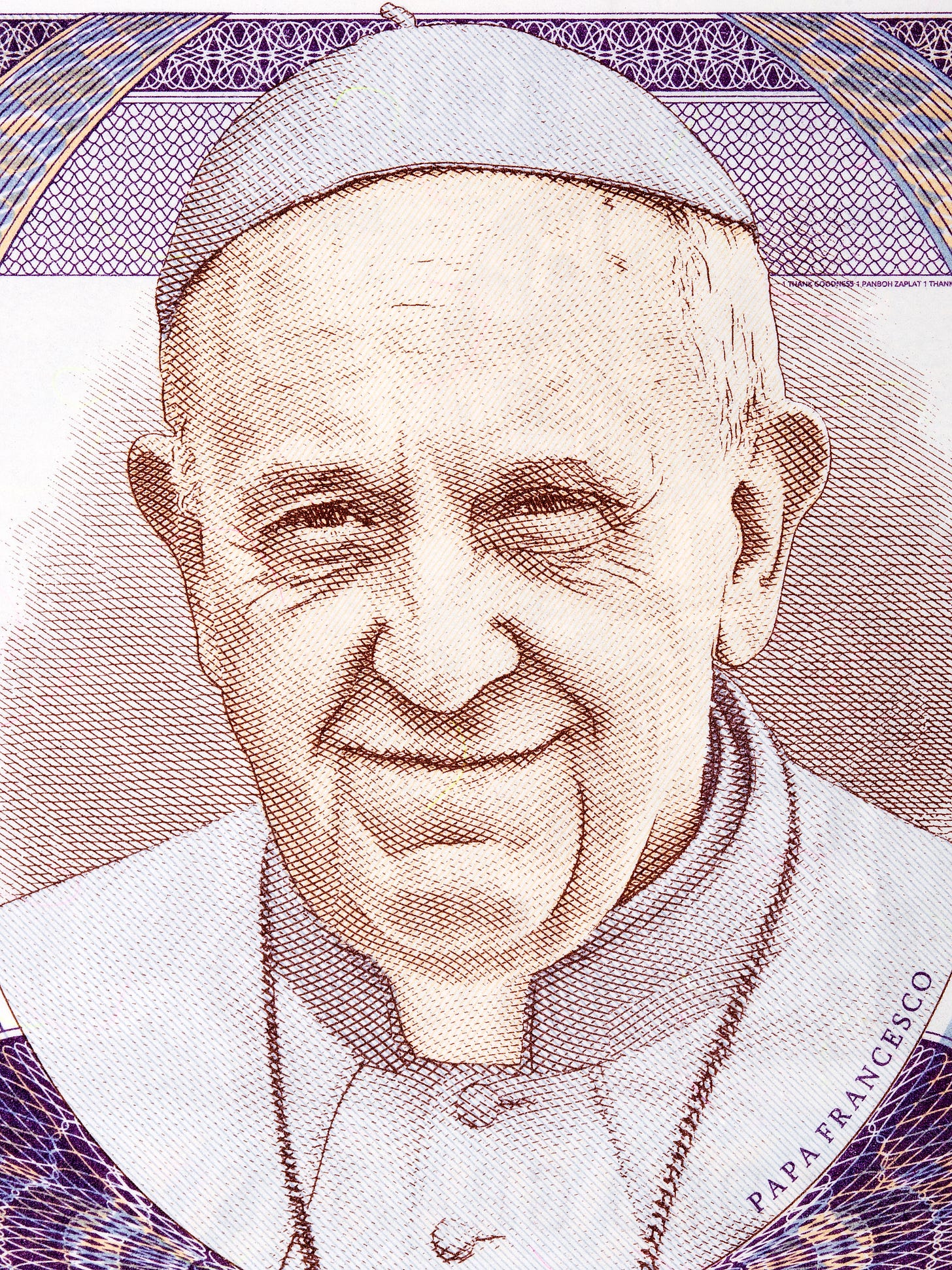In 1054, a religious schism occurred that is still affecting geopolitics and the world economy today. Most will be inclined to say religion and spirituality have nothing to do with markets and the economy. You’ll think again after reviewing the events that unfolded over Easter. First, President Putin offered a truce. He’s done this before, but the timing of the offer is important. Yes, Russia needs and wants a warm water port, and only Crimea can fulfill that role now that Russia’s foothold in Syria has been challenged since the fall of President Bashar. But, Putin has long been aiming at something much bigger. It’s not just that he wants to replicate Peter the Great’s Empire. He also wants to oversee the end of the schism between the Russian Orthodox Church and the Ukrainian Orthodox Church, and ultimately, with the Catholic Church in Rome as well. If he can accomplish this, he will not just be a political leader. He will have a religious status in history. Remember that President Zelensky stands accused of persecuting the religious leaders, particularly Christian religious leaders in Ukraine. 85% of Ukrainians identify as Christians. 72% are Eastern Orthodox and 9% are Catholic. Putin is always positioning himself as a protector of these communities.
For those who don’t follow these things, let us understand that in 1054 the Catholic Church split into a Western Church headquartered in Rome and an Eastern Church headquartered in Constantinople. That split persists today. But Christians also continued to splinter apart into further power centers and subgroups. The result is called The Pentarchy which refers to the five Christian power centres, or patriarchates, in Rome, Constantinople, Antioch, Alexandria and Jerusalem. In 2018, the Ecumenical Patriarchate of Constantinople recognized the Ukrainian Orthodox Church, which created a profound break between the Russian Orthodox Church (ROC) and the Orthodox Church of Ukraine (OCU). He wants to reunify Kyiv and Moscow. He also tries to bring together the Greek Orthodox Church and the Russian Orthodox Church, often visiting the most sacred site in the Greek Orthodox Church, Mount Athos, especially on days of immense religious significance. He went there in 2016 with the Head of the Russian Orthodox Church to celebrate 1000 years of monks at the monastery of St Panteleimon there. He visited in 2005 when he first became the leader of Russia. The bottom line is that in 1054, Rome excommunicated Michael Cerularius, the Patriarch of Constantinople. Cerularius also excommunicated the Popa in Rome. The two churches were torn apart, effectively severing their connection. If Putin can overcome any of these schisms, he will be seen not only as a political figure but as a religious leader. So, for Putin, a deal on Ukraine needs to involve not just a practical addressing of the war but also a solution to the spiritual split. Putin has been lobbying the Vatican on all this for quite some time. Diplomatic relations between Ukraine and the Vatican were formally established in 2009. When the Orthodox Church of Ukraine visited the Vatican in December of 2024, the Vatican didn’t say a word about it in order to stay onside with Russia.
Much happened in the religious/spiritual domain over Easter as a result of modern geopolitics. President Putin offered a truce to Ukraine. Simultaneously, the King of Saudi Arabia extended an unprecedented olive branch to the Supreme Leader of Iran. The Saudi Defense Minister went to Tehran to hand-deliver a letter from his father, HE King Salman, to Iran’s Supreme Leader, Ayatollah Ali Khamenei. Remember that Saudi Arabia and Iran restored relations in March 2023, thanks to a peace deal brokered by Beijing. The split between the Saudi Sunni and the Iranian Shia dates back to 632. That same weekend, Vice President JD Vance went to see the Pope in Rome. The Pope then passed away on Easter day, may he rest in peace, thus imbuing the atmosphere with far greater significance.
Was all this a total coincidence? Or, does the Trump team understand that the religious spiritual aspect of geopolitics must be addressed if a peace deal between both Russia and Ukraine and between the US and Iran can proceed? The US is, of course, threatening to commence a war with Iran. Saudi Arabia is stepping in to offer Iran new options in dealing with the intensifying possibility that the US is prepared to commence a war with Iran. Where are the talks between the US and Iran actually occurring? At the Vatican. Meanwhile, Saudi Arabia and Israel have made immense





